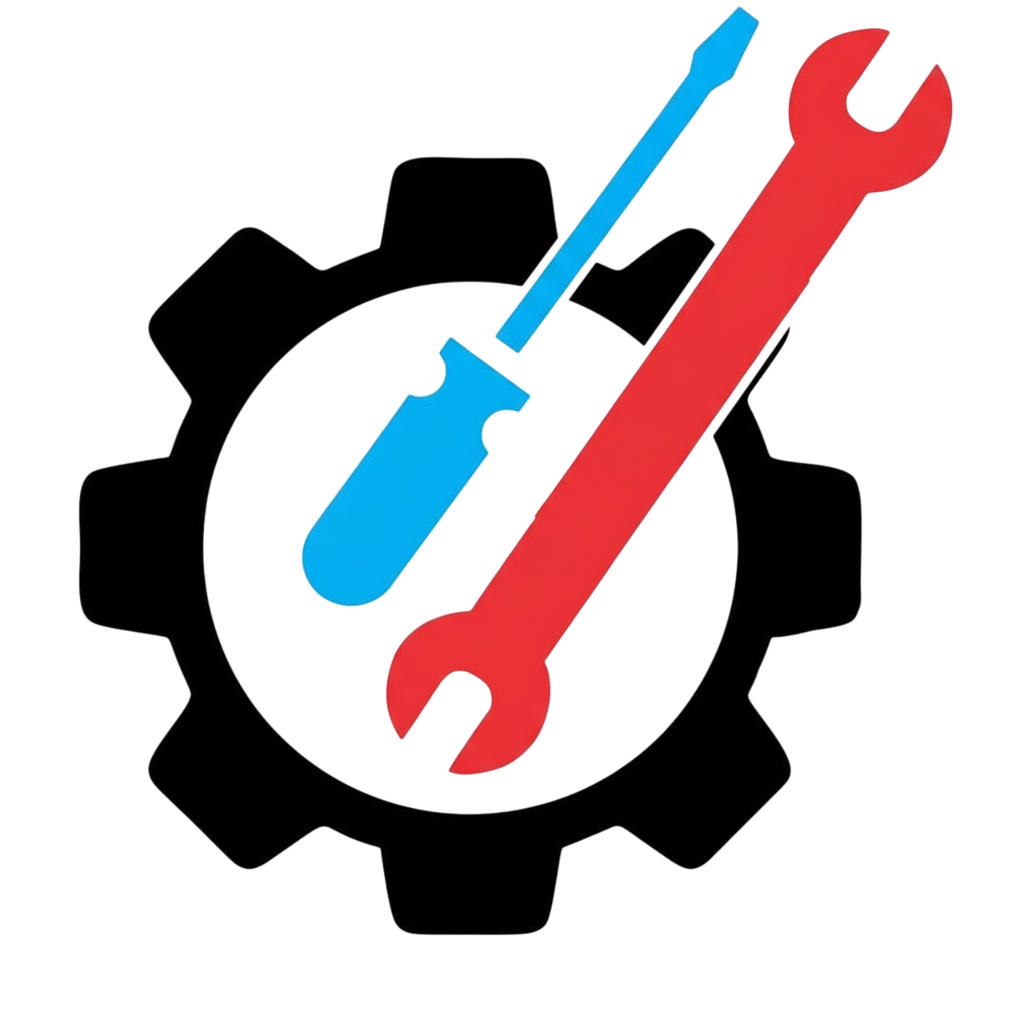Welding Distortion Estimator
A qualitative tool for fabricators to estimate the potential risk and type of distortion in a welded component based on key variables.
Welding Setup
Select the parameters of your welding job to assess the distortion risk.
The Unavoidable Challenge: Welding Distortion
Welding involves intense, localized heating, which causes the metal to expand. As it cools, it contracts. If this expansion and contraction is uneven or restrained, it creates internal stresses that can cause the component to bend, twist, or warp. This is known as distortion, and controlling it is one of the biggest challenges in fabrication.
Main Types of Distortion:
- Angular Distortion: Occurs in butt and fillet welds, causing the plates to rotate out of their original plane.
- Bowing/Camber: Longitudinal bending of the entire weldment, common in T-joints.
- Longitudinal and Transverse Shrinkage: The shrinking of the material along and across the weld line.
